How to Paint MDF and Get Smooth Edges
MDF is made of compressed wood fibers, wax and resin. It’s strong, dense and flat so is a great material to choose for cabinets and built-ins that you plan on painting. The wax and resin on the surface protect the wood fibers from absorbing the moisture in water based primer/paint.
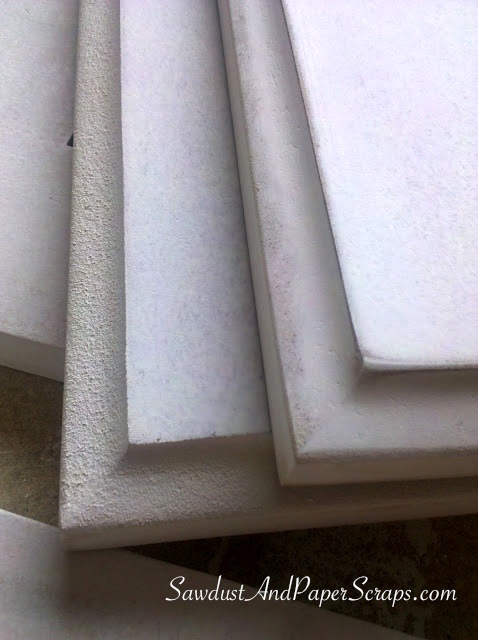
The cut edges have exposed wood fibers that will absorb moisture when using a water based finishes creating a really bumpy texture. This is especially true if you route a profile onto the edge, cutting and exposing an even larger surface area
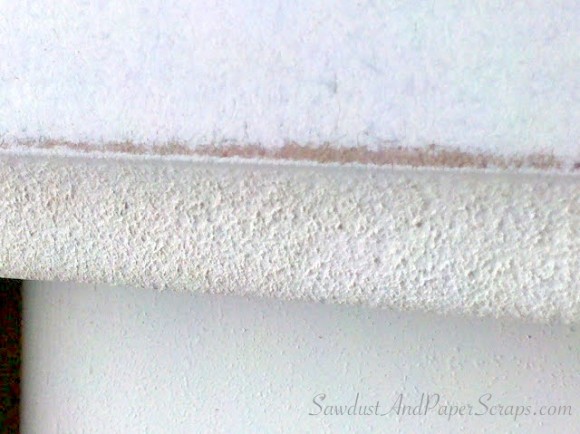
How to Paint MDF
There are a few different ways to deal with this in order to get smooth edges.
- Use an oil based primer. (No water for the wood fibers to absorb, no raised bumps.)
- Cover the edges with joint compound and sand smooth before you paint. (I don’t do this as I think it’s too many extra steps…but it’s an option.)
- Go ahead and prime the entire piece, edges and all with water based primer and let those fibers swell. (My preferred method.)
When the primer is dry, take a sanding sponge and knock it down. It doesn’t require much effort, just sand over the little bumps until you have a silky smooth edge.

If you used a LOT of elbow grease when sanding and re-expose more fibers so you get more bumps when you paint, it should take very little effort to knock it down before you do a second coat of paint, or touch up that area. I’ve never had that happen though. There is generally enough primer still coating the MDF after the sanding to protect the fibers from the moisture in the paint.
(My CURRENT preferred Primer for MDF is Sherwin Williams “All Purpose Water Based Primer”.)
*Important Note: If the edge of your MDF has any saw marks, make sure you sand those off before you paint because the paint will only accentuate the flaws.*
Did you find this tip helpful? You might also like these other Painting Tips!
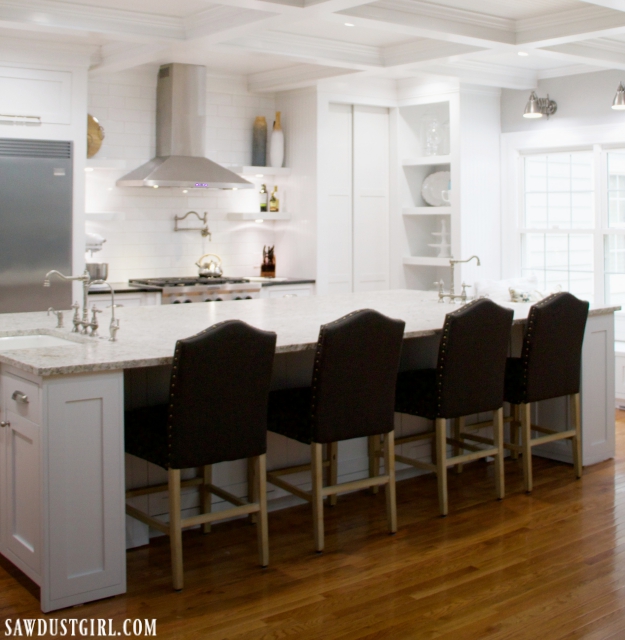

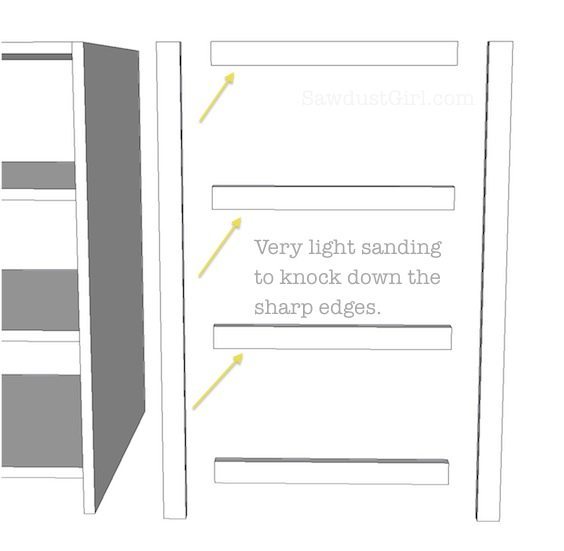
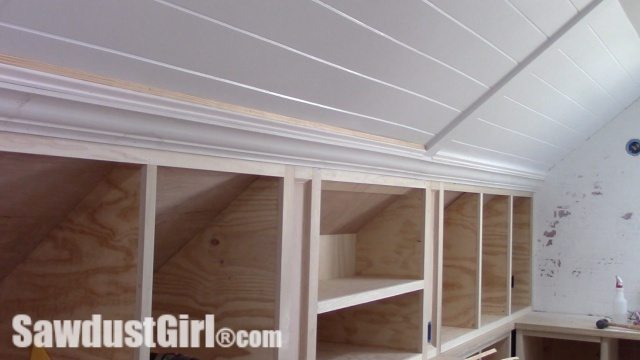
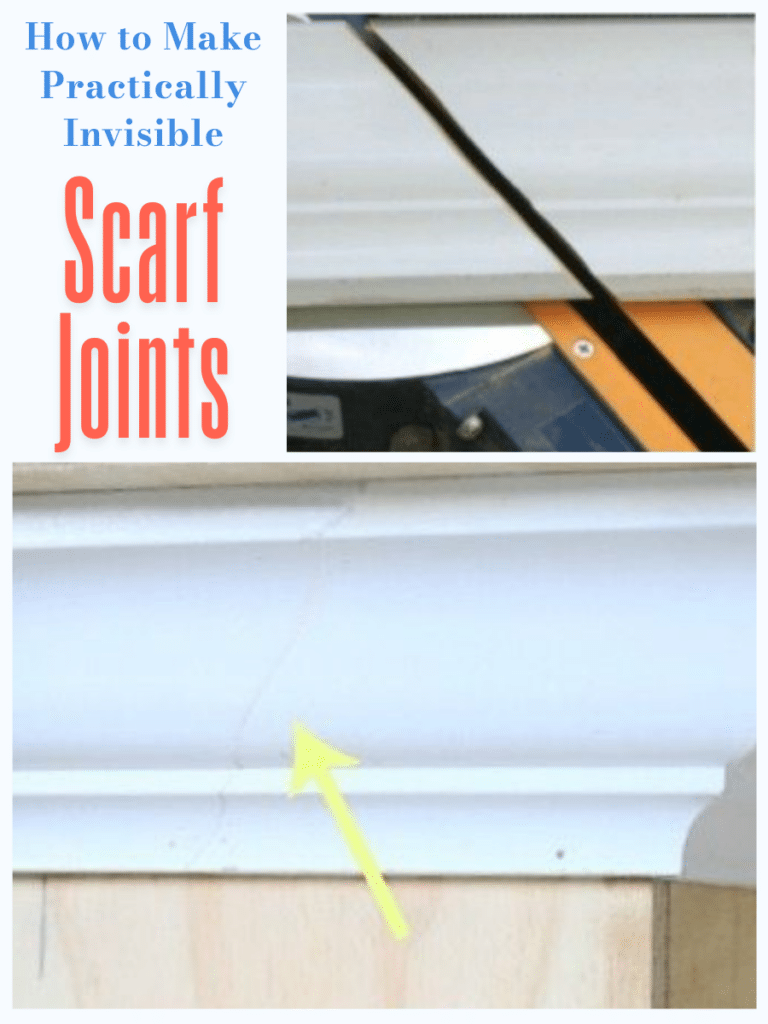
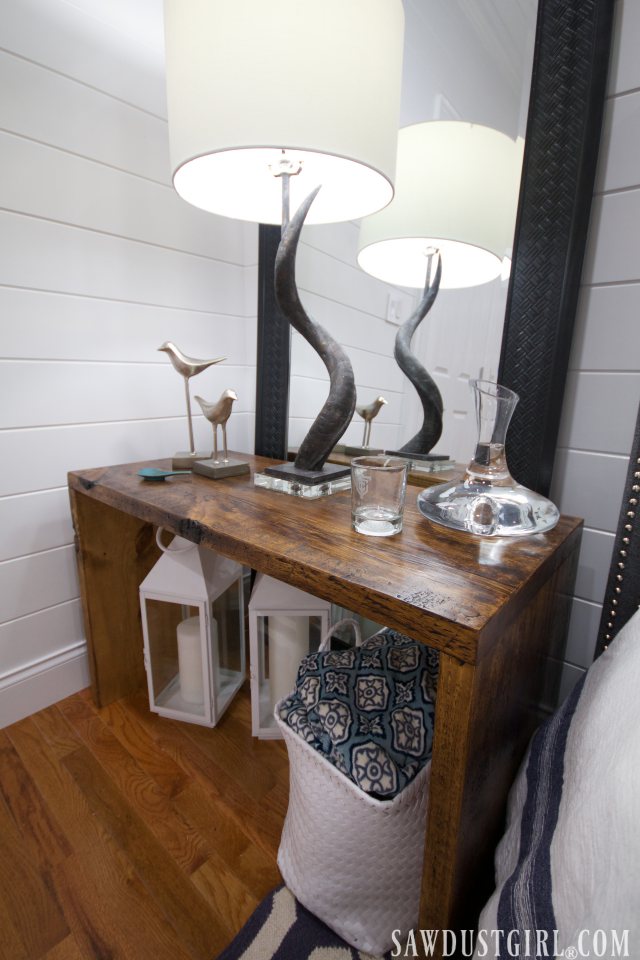
You should not use water based primers on MDF, you should use solvent based primes to seal in the urea-formaldehyde gases released from MDF
Raw MDF does have an odor. Once it is painted or coated, I don’t notice it anymore. If I use it for cabinets or built-ins, I paint both sides so it is pretty much completely sealed. I don’t know if MDF does or does not have formaldehyde in it, as someone mentioned earlier, but I do notice the “stink” until it is coated.
Do you find that you have an odor when using MDF? I agree that it is a great product to use but I am not crazy about the smell.
This is perfect. I am starting my first project with MDF this week. I had no idea it did this. My husband is out of town and I am tackling a small board and batten project in our entry way. You have inspired me to try projects on my own. We will see how it goes. I have my dad on back up if something goes wrong. Wish me luck!
You are just a wealth of information! Need any sewing help?